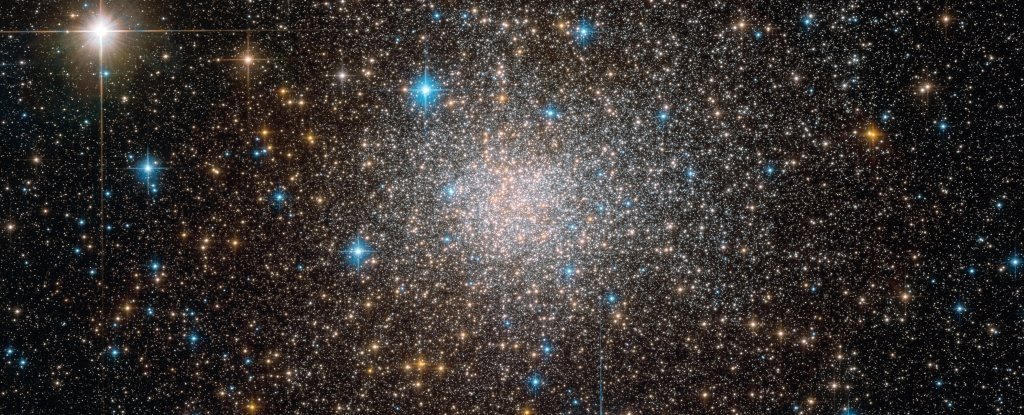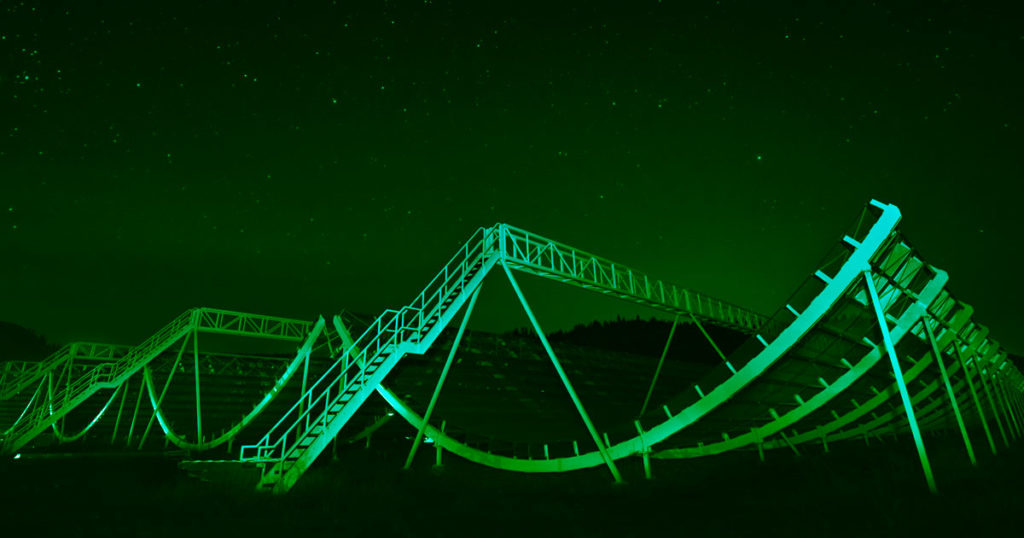An unstable twofold star framework seems to change its conduct quickly and erratically like an inestimable story of Dr. Jekyll and Mr. Hyde.
This outstanding team, known as Terzan 5 CX1, lies around 19,000 light-years from Earth in a thick assortment of stars, or globular bunch, called Terzan 5. The pair comprises of a neutron star — a very thick leftover of a supernova blast — and a littler, sunlike star.
Utilizing NASA’s Chandra X-beam Observatory and the National Science Foundation’s Karl F. Jansky Very Large Array (VLA), space experts found that this twofold star framework switches between two adjust personalities like clockwork.
Information gathered from over a time of perceptions show that the neutron star intently circles its lower-mass excellent friend. The heavier neutron star maneuvers material from its accomplice into an encompassing accumulation plate, which produces brilliant X-beam light distinguished by Chandra.
At this stage, the outstanding couple is alluded to as a low-mass X-beam paired. Be that as it may, as circling material in the accumulation plate spirals toward the neutron star, it pivots quicker and changes into what is known as a millisecond pulsar star, which emanates beats of radio waves recognized by the VLA. Following a couple of years, the excellent team seems to come back to its unique state.
“The neutron star can spin faster and faster until the roughly 10-mile-wide sphere, packed with more mass than the sun, is rotating hundreds of times per second,” NASA officials said in a statement.
“Eventually, the transfer of matter slows down and the remaining material is swept away by the whirling magnetic field of the neutron star, which becomes a millisecond pulsar.”
The information uncovered that the stars’ conduct changed through the span of just several years. Chandra perceptions from 2003 caught splendid X-beam discharges, demonstrating that Terzan 5 CX1 was carrying on like a low-mass X-beam twofold.
In any case, Chandra information taken from 2009 to 2014 show that Terzan 5 CX1 was multiple times fainter in X-beams. In the mean time, the VLA likewise recorded radio waves from Terzan 5 CX1 in 2012 and 2014, proposing the excellent team changed into a millisecond pulsar and was blowing material out into space.
When Chandra watched Terzan 5 CX1 again in 2016, the stars had just come back to acting like a low-mass X-beam parallel, emanating more splendid X-beams. This kind of conduct is infrequently found in twofold star frameworks.
Regularly it takes a few billion years for a low-mass X-beam parallel to develop into a millisecond pulsar, as indicated by the announcement.
Extra perceptions utilizing both the Chandra X-beam Observatory and VLA are expected to affirm the example of “Jekyll and Hyde” conduct showed by Terzan 5 CX1. Considering this paired framework gives knowledge on character evolving stars, as just three have been recognized to date.
Disclaimer: The views, suggestions, and opinions expressed here are the sole responsibility of the experts. No journalist was involved in the writing and production of this article.



